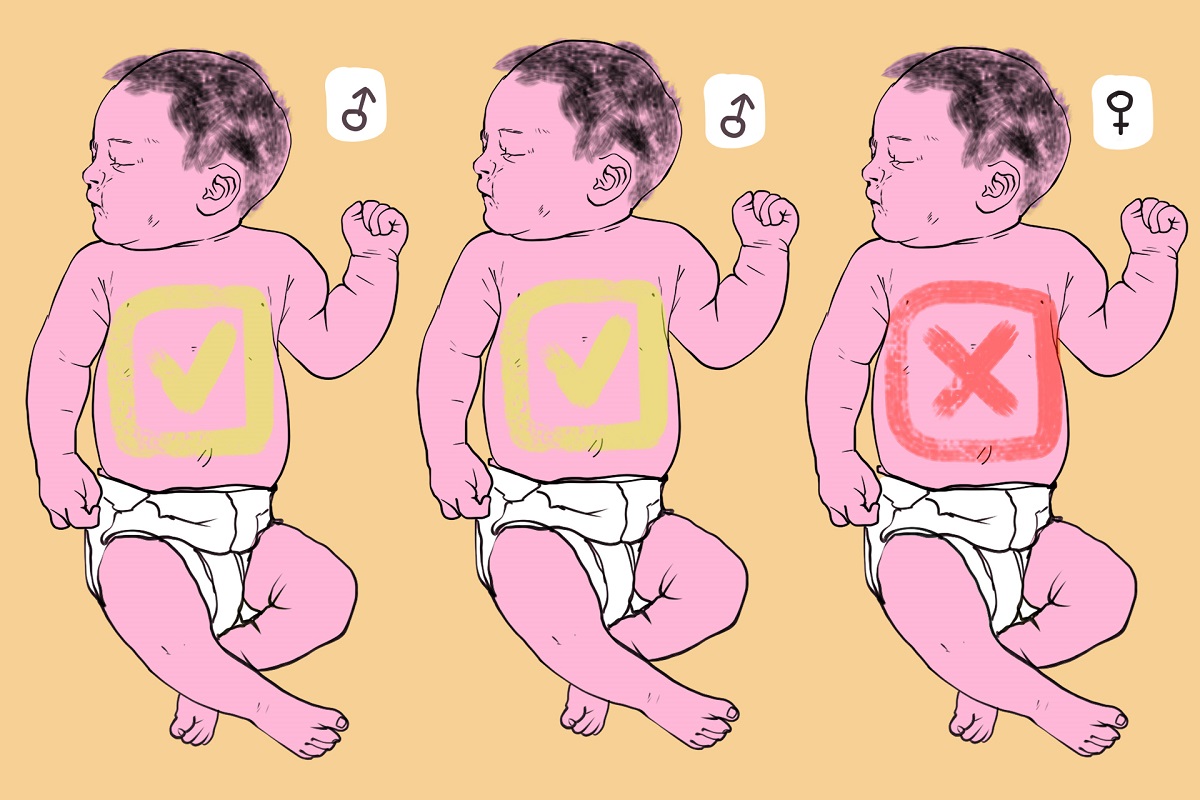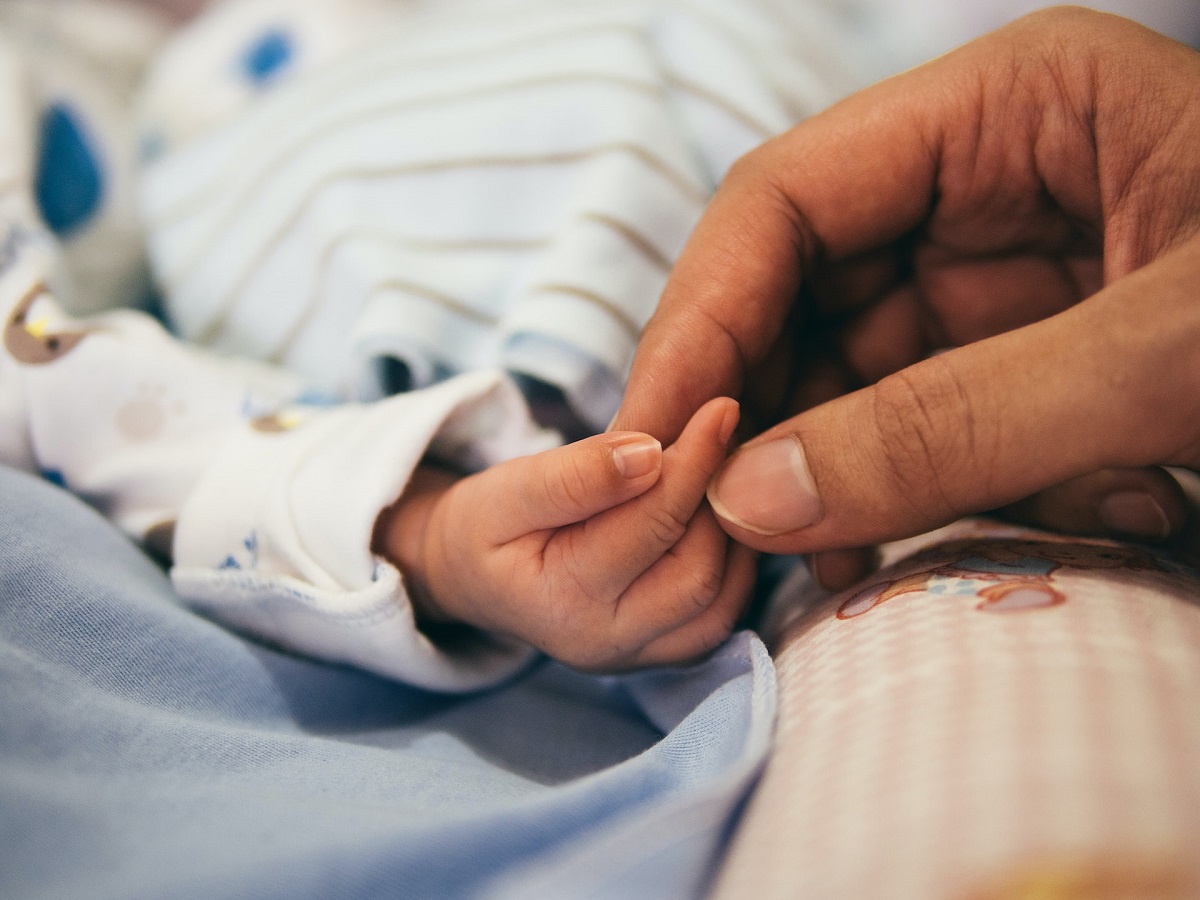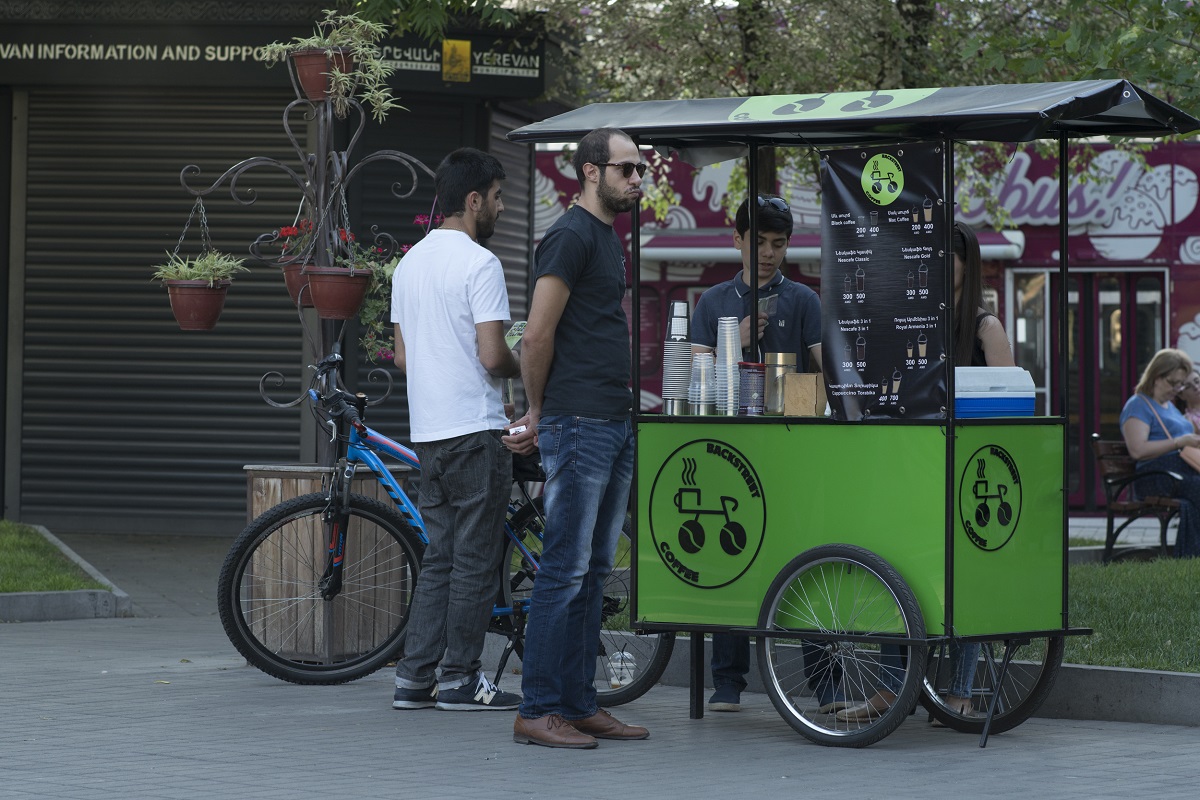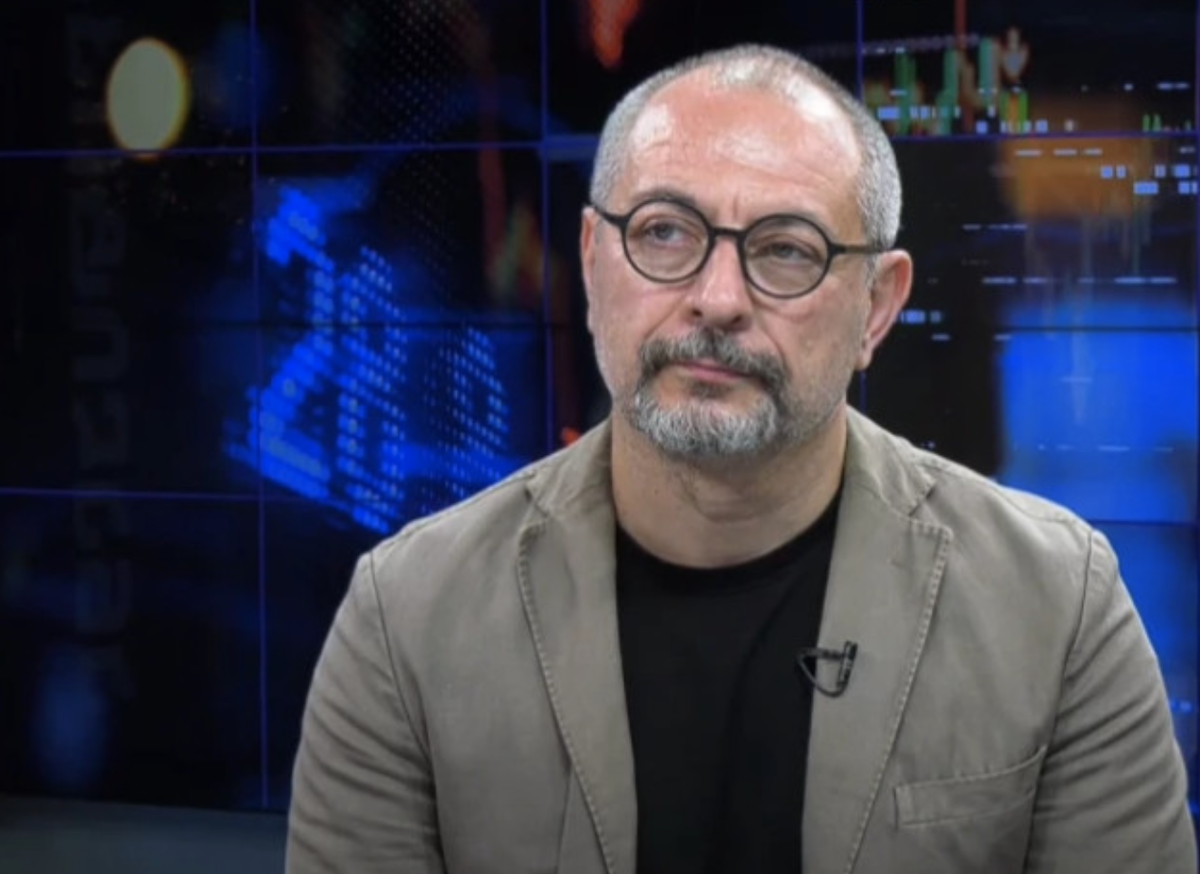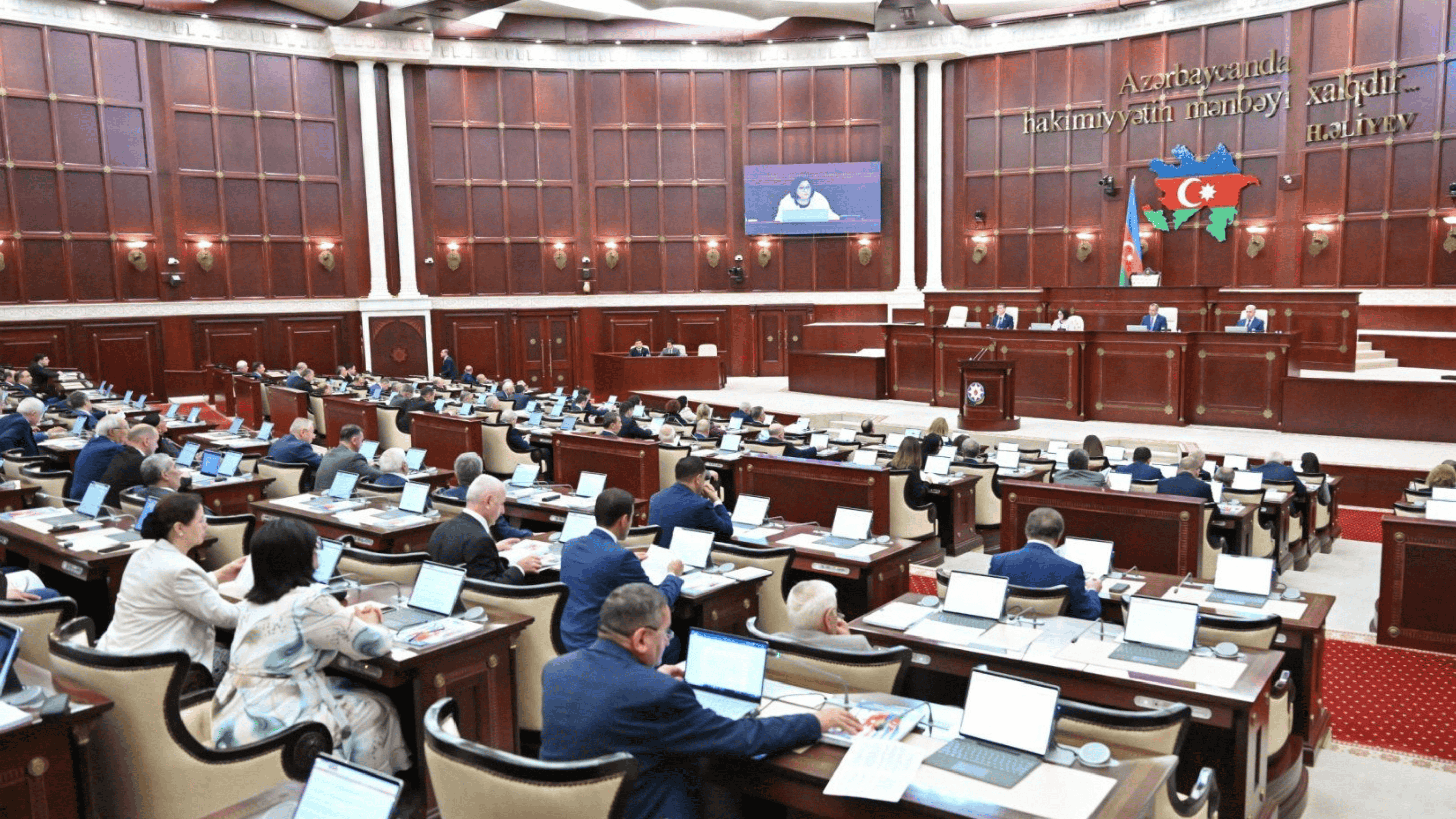Birth rate growth in Armenia: Assessments of experts and citizens
Improvement of the demographic situation
Improvement of the demographic situation in Armenia is considered a security issue. The country’s authorities, both past and current, have long talked about it and taken steps to increase the birth rate. However, birth rates have only continued to decline. Since 2019 experts have warned of a demographic crisis approaching depopulation. After that, the situation became even more complicated due to the coronavirus pandemic and the Karabakh war in 2020.
According to the results of the first half of 2023, for the first time in recent times, a birth rate increase, though small, was recorded – about 2.6%. In the first 6 months of this year 16,939 babies were born, while in the same period last year it was 16,511.
Since 2022, as a result of the Russian-Ukrainian war, thousands of Russian citizens have moved to Armenia. Experts do not think they will stay here for long.
More than 100 thousand people moved to Armenia in September this year, after Azerbaijan’s military operation in Nagorno-Karabakh. But it is still unclear whether they will stay in their homeland.
In any case, experts declare that the most important factor in improving the demographic situation is to stimulate the birth rate.
- “Let’s call crime a tradition.” Why Georgia has never been able to solve the problem of early marriage
- Why is Armenia facing a demographic crisis?
- Karabakh people in Armenia: stories of people who fled their homes. Photos and videos
The story of a large family
Stella lives in one of the border villages in the Tavush region. After 2020, she decided to give birth to her third and fourth child. She says that after the war there was a desire to do something useful for the country. The family expected to take advantage of state support programs.
“It is difficult for a woman to find a job in the village. If you have children, it is almost impossible. And now, in sum, I receive almost a whole salary in the form of benefits for children and I can solve some of my problems.”
She says that the payments are not delayed, and part of the amount is immediately transferred to the savings account opened in the bank in the name of the children.
“We also received a one-time allowance of two million drams ($5,000) at the birth of the third and fourth child. With this money we made cosmetic repairs to the house. It’s not a very big sum, but it helped our family to put some things in order. And, of course, there were no problems with the basic expenses for the children – diapers, milk formula, clothes.”
The need to increase the permanent population
Armenia differs from many countries in that a large number of people periodically leave for work, and many leave for good. Foreigners do not often move in. An exception can be considered
- labor migrants from India (only in the first 9 months of 2023 37 thousand people entered Armenia),
- Russians who moved to Armenia as a result of the Russian-Ukrainian war since 2022 (according to official data, about 140 thousand people entered the country, experts believe that only a third of those who arrived have stayed in Armenia),
- Karabakh Armenians, who were forced to move here in 2023, as well as those who moved before and during the blockade of the Lachin corridor since December 2022 (more than 120 thousand people in total).
All these groups can leave the country at any time.
While demographers used to call stimulating birth rate growth desirable, now, especially after the 2020 war, they say it is a necessity.
As of October 2022, according to the Statistical Committee, the permanent population of Armenia was 2,928,914. This figure also includes those who usually reside here but have been absent from the country for up to one year. StatCom published a figure of how many people currently reside in the country – 2,638,917.
In order to explain why an increase in population is necessary, experts explain that, as a result of the last war, Armenia’s defense structures, for example, faced the problem of lack of human resources to defend the longer border with Azerbaijan.
They believe that in order to solve demographic problems, it is necessary to launch effective programs to stimulate birth rate growth and change the attitude of society.
State programs to stimulate fertility
Since 2020, several programs have been launched to stimulate the birth rate, as well as support young couples and families with children.
The lump-sum allowance for the birth of the first child increased from 50 thousand ($120) drams to 300 thousand ($750) drams. Earlier 150 thousand drams ($355) was paid at the birth of the second child; now this amount has doubled to 300 thousand ($750).
The monthly allowance paid to working mothers increased from 18 thousand drams ($45) to 25 500 drams ($64).
A new type of childcare allowance was introduced for rural residents. Mothers are paid an additional 25,500 drams ($64) per month until their children reach the age of two.
From January 1, 2022 a monthly allowance of 50,000 drams ($120) is paid to all families with a third child or more. These families receive social support until the child is 6 years old.
Assistance for housing problems
There are programs that have been launched to help solve housing problems of families with children. Financial assistance is provided to those who have received a mortgage loan to buy an apartment or build a private house.
More attractive conditions are offered to residents of the regions. They receive lump-sum financial assistance for the construction of a house. Mortgage interest rates in the regions are lower than in Yerevan, so many young families prefer to buy housing in the regions nearest to Yerevan.
There is also a program under which a family paying a mortgage loan receives a lump-sum financial support in case of childbirth.
As of October 2023, 2,649 beneficiaries have received government support and about AMD 1 billion 950 million ($4,875,000) has been paid to them. Last year within the framework of the same programs, 3,088 beneficiaries received support worth 2 billion 100 million drams ($5,250,000).
Experts on birth rates
The statistical committee considers it frivolous to analyze the reasons for the growth of the birth rate in such a short period of time.
“It is only clear that in 2022, more third and fourth children were born in families. And this is a very important indicator. Approximately 33% of births are third and fourth children,” Karine Kuyumjyan, head of the Population Census and Demography Department, believes.
Demographer Ruben Yeganyan agrees with the position of the statistical commissioner. He explains that the growth dynamics should be maintained for at least two-three years to have grounds for analyzing cause-and-effect relations.
According to him, the reasons for the growth can be different, including the state policy of stimulating the birth rate. But he warns:
“In the 70s of the twentieth century, England, France, Japan and other countries spent huge amounts of money to stimulate fertility, but did not achieve results. And our country cannot pursue such a policy and invest a lot of money over the next ten years so that there would be significant results and they could be evaluated as a consequence of the state’s strategy.”
The expert says that at the global level there is now a decline in the birth rate due to socio-economic, socio-psychological and health reasons.
In addition, the world population long ago exceeded 8 billion. This means that these people need to be fed, clothed and provided with other necessities. Therefore the global trend is not to encourage population growth, but to curb it.
The “cultural factor” of fertility
In Armenia, as in the rest of the world, there is an inverse relationship between fertility and living standards.
“The richer people are, the fewer children they have, and vice versa. Among the priorities for satisfying people’s needs, family and children are in secondary positions,” demographer Ruben Yeganyan says.
Analyzing the factors influencing the birth rate in Armenia at the moment, demographer Artak Markosyan focuses on the unstable situation in the region: “In order to have a child in Armenia today, citizens first of all need predictable, long-term security guarantees.
Follow us – Twitter | Facebook | Instagram
Improvement of the demographic situation











